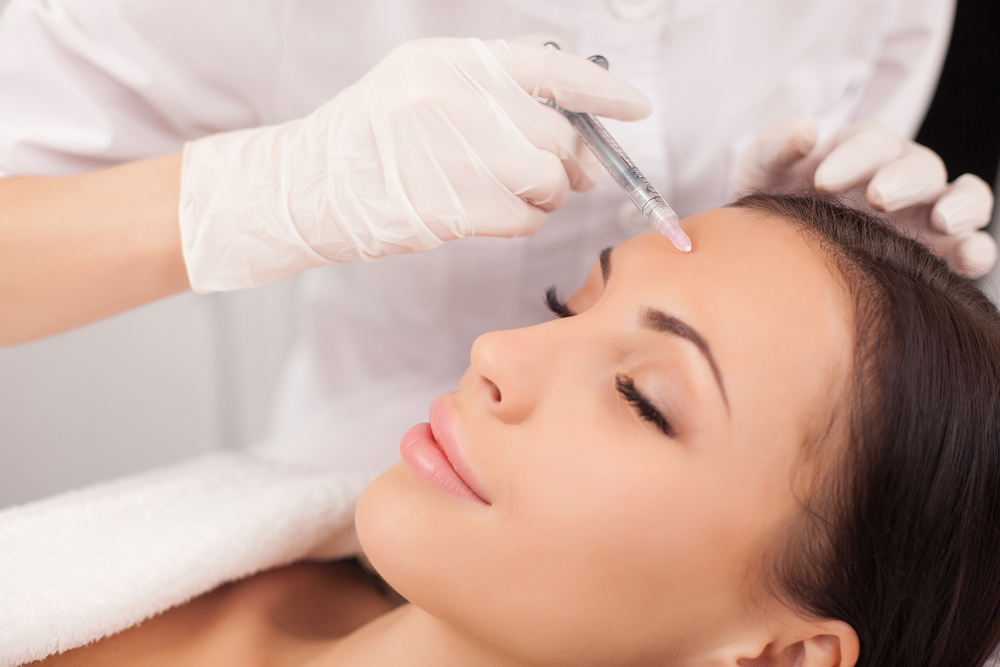Botox injections is a medical procedure used commonly for wrinkles that appear in the patient’s body, who want to look younger again. This has been very popular with women, especially those in the entertainment industry since it was offered to the public and private alike.
However, this type of medical procedure is also used for other medical conditions, which are listed below:
- Cervical dystonia (neck spasms)
- Hyperhidrosis (excessive sweating)
- Overactive bladder (a group of urinary symptoms)
- Amblyopia (lazy eye)
Aside from using botox injection as a form of treatment for the medical conditions mentioned above, it is also used for treating chronic migraines. The treatment is done via the usage of a toxin called onabotulinumtoxin A, which causes the patient’s muscles to temporarily stop moving, causing the wrinkles in the targeted area to disappear or be less visible from the naked eye. Overdosage of the said toxin can lead to food poisoning called botulism.


